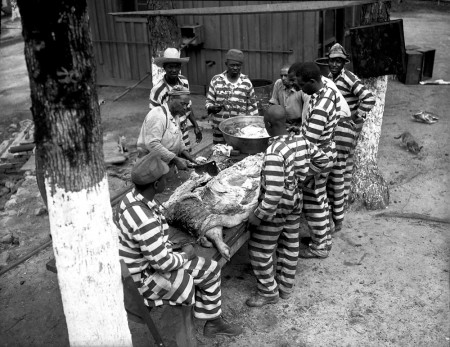From moonshine busts to a church founded in a mansion, the Sandy Springs Gazette is publishing old news in a new way.

The new digital magazine created by Heritage Sandy Springs showcases stories from the historical society’s ever-growing library of oral histories. Debuted on the Heritage website Jan. 7, the publication features a new historical story—illustrated with archival photos—every Thursday.
“The reason we started the Gazette was to take the oral histories…off the shelf and into the community,” said Melissa Swindell, Heritage’s director of historic resources and education programs.
Heritage began recording oral histories from Sandy Springs residents on audio cassettes in the late 1980s or early 1990s, Swindell said. About 65 oral histories are now on file, and most go untouched, she said.
Heritage board member Chip Emerson suggested a digital magazine as a way to highlight stories from the oral histories, Swindell said. “We thought that this format was the most dynamic and most interactive way to get the history across,” Swindell said.
A digital magazine follows the format of a printed magazine, with pages that can be flipped. Most of the articles also include links to the full recording and written transcript of the oral history interviews. Most articles don’t cover entire interviews, which can run for hours, but instead highlight an interesting topic.
Gazette articles so far have covered the history of such local landmarks as Roswell Road and the Mount Vernon Presbyterian Church, but some delve into more unusual topics, such as a 1940s moonshine still raid. Another article highlights the cartoon strip “Mark Trail,” the creation of longtime Sandy Springs resident Ed Dodd, whose country home sat near a street now named for the cartoon.
A late 1800s prison camp along Roswell Road is another little-known piece of local lore. It was part of a highly controversial practice of renting out prisoners for labor, a system protesters likened to slavery and that eventually got banned.
“The convict camp in Sandy Springs [was] where Whole Foods is today,” Swindell said. “That’s part of our lost history…[a] part of our history that shuffled away and people didn’t want to talk about,” but is relevant to modern times, she said.
“It just shows how diverse the history of Sandy Springs is,” said Swindell.
Swindell said there are enough oral histories to last about two years and that Heritage Sandy Springs welcomes more residents to have their memories recorded. For more information, contact Swindell at mswindell@heritagesandysprings.org or 404-851-9111 ext. 2.
To read the Gazette, go to heritagesandysprings.org.
